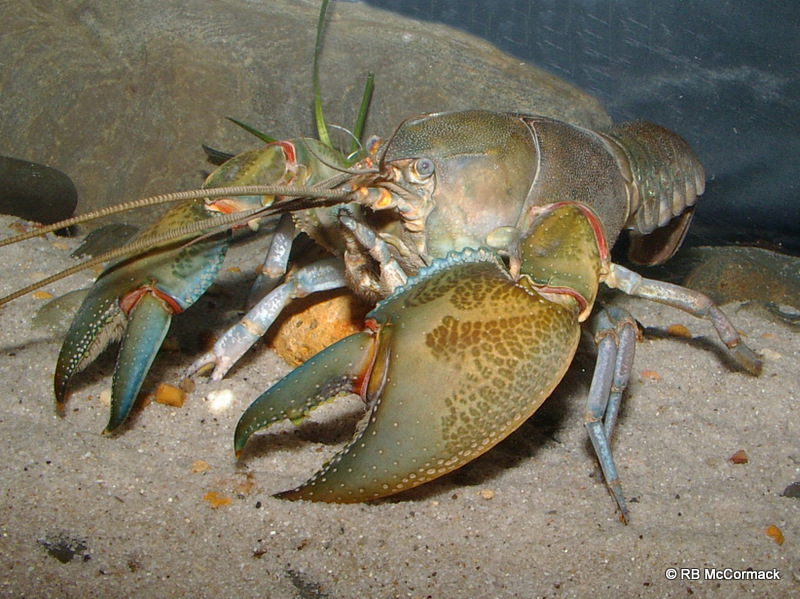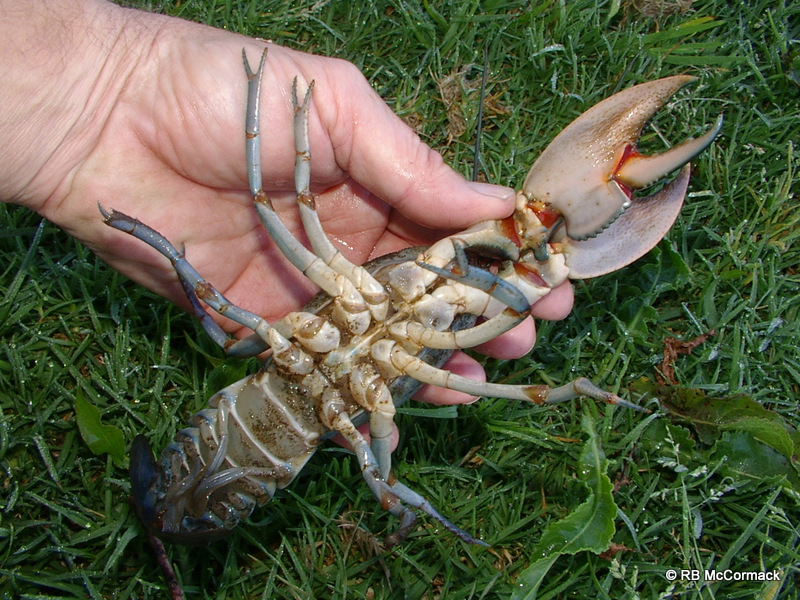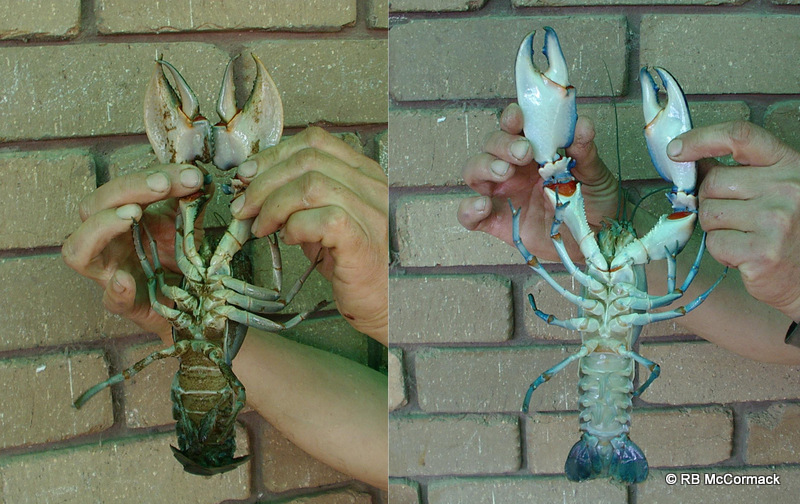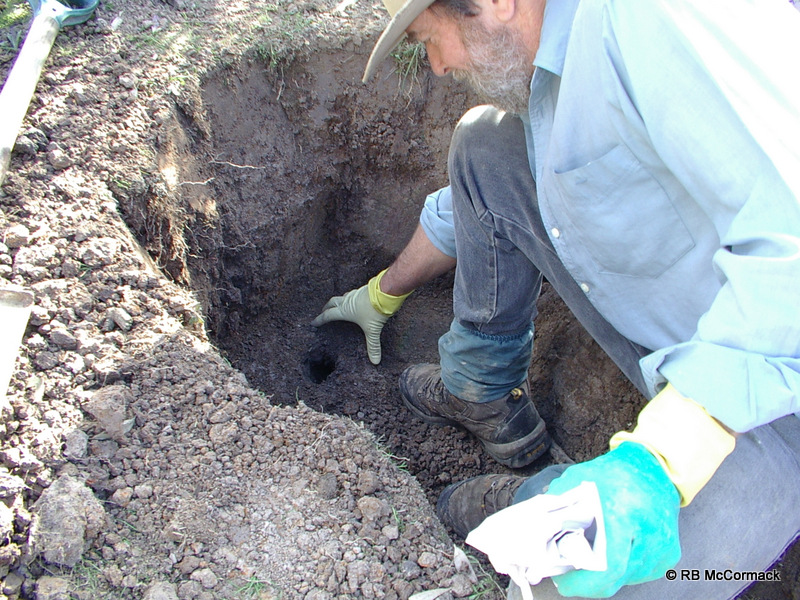
After 15 years of rigorous research we finally described a new species of yabby. The Swamp Yabby (Cherax latimanus) was formally described and published in the peer-reviewed international journal Zootaxa. Robert McCormack from Australian Aquatic Biological as part of the Australian Crayfish Project (ACP) and Tarmo Raadik from the Arthur Rylah Institute for Environmental Research, Victoria, worked together researching this new crayfish species. It took forever, but finally we had enough information to publish on this cryptic species.
Cherax latimanus is a freshwater crayfish found along the Murray River from Lake Moira upstream to near Wodonga in New South Wales and Victoria, including along the Edwards River and Gulpa Creek, Barmah Forest, and the Murray River tributary catchments, an area of approximately 17,700 km2.

We name the new yabby “latimanus” from the Latin latus, meaning broad, wide, and manus, meaning hand, in reference to its distinctive wide claws, an obvious characteristic which separates it from the Common Yabby (Cherax destructor) with which it is broadly sympatrically found.

The common yabby Cherax destructor occurs throughout the area, inhabiting just about every creek, river, and farm dam. This new yabby Cherax latimanus can be found living close to the common yabby but it lives in terrestrial environments, it’s restricted to deep burrows in wet areas beside the creeks and rivers. It spends the majority of its life within its burrow system only venturing out when floods occur inundating its surface burrows. Typically you find their burrows in grassy areas; low lying paddocks, roadside drains or around the edges of swamps.
This species has been known for a long time but lack of specimens has seen the species go undescribed for so many years. We obtained our specimens by excavation of burrows, the trouble is that the species is very deep burrowing, some burrows can go down for metres. Despite this we perservered and eventually obtrained enough specimens from across its distribution to describe the species.

It’s extremely important to formally describe a species and give it a name. Our description provides the biological and distributional information the scientific community and management agencies need, to manage the future of this species. Governments, landholders, and conservation groups from both States now have all the information they need to protect and conserve this new species’ future. Both Rob (Research Director, Australian Aquatic Biological, NSW) and Tarmo (Senior Scientist, Arthur Rylah Institute for Environmental Research, Vic) continue to work together
researching freshwater crayfish with many more new species currently under investigation.
For further information on Cherax latimanus visit:
www.mapress.com/zt/article/view/zootaxa.5026.3.2
